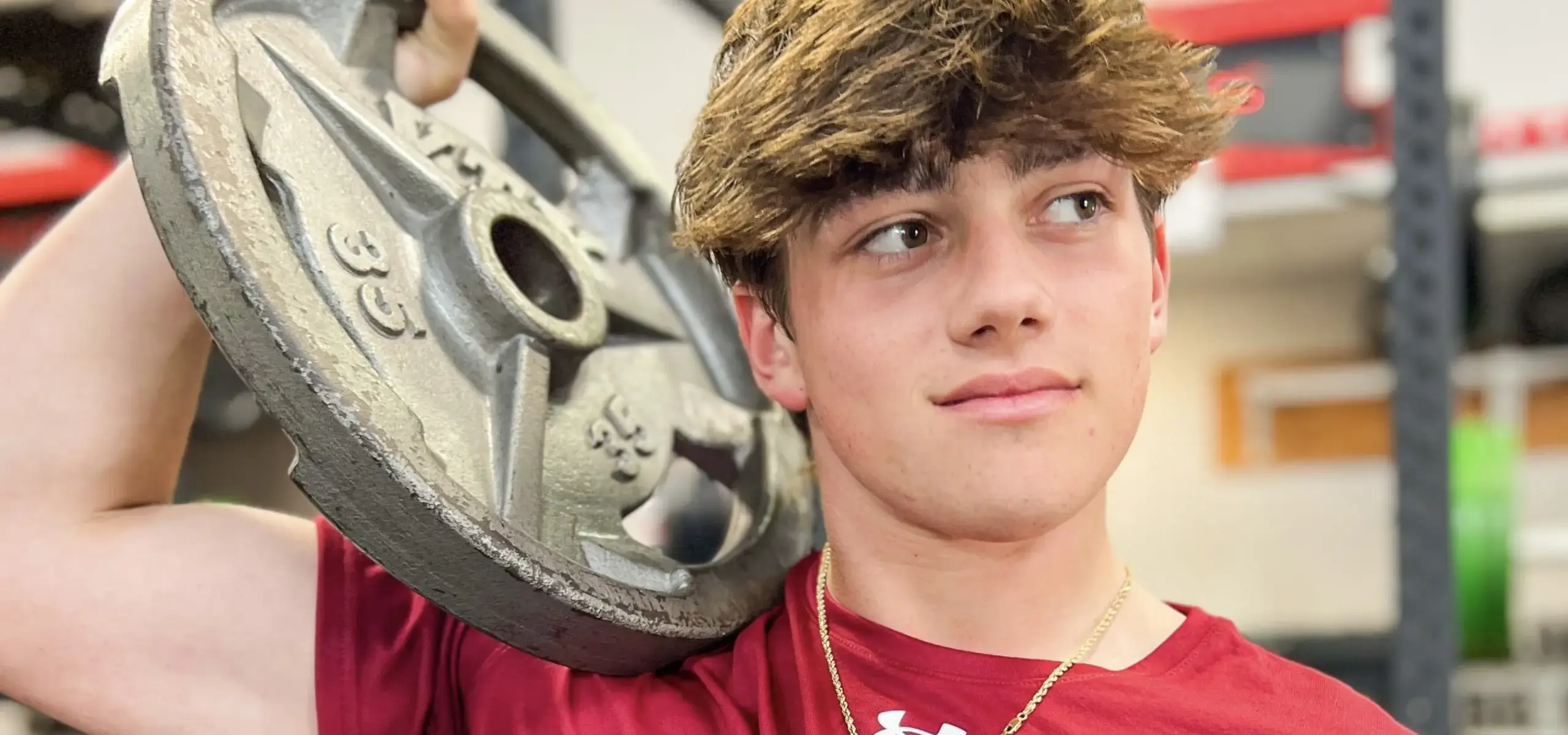| Physical education 5 |
|
Each year a variety of units will be chosen to cover sports/games in each of the four categories listed below:
- Net games - pickleball, badminton, volleyball
- Invasion games - flag football, soccer, basketball, team handball, floor hockey
- Fielding sports - cabbage ball, softball, baseball, kickball
- Target sports - golf, disc golf, bowling
|
| Physical Education 6 |
|
Each year a variety of units will be chosen to cover sports/games in each of the four categories listed below:
- Net games - pickleball, badminton, volleyball
- Invasion games - flag football, soccer, basketball, team handball, floor hockey
- Fielding sports - cabbage ball, softball, baseball, kickball
- Target sports - golf, disc golf, bowling
|
| physical education 7 |
|
Each year a variety of units will be chosen to cover sports/games in each of the four categories listed below:
- Net games - pickleball, badminton, volleyball
- Invasion games - flag football, soccer, basketball, team handball, floor hockey
- Fielding sports - cabbage ball, softball, baseball, kickball
- Target sports - golf, disc golf, bowling
|
| physical education 8 |
|
Each year a variety of units will be chosen to cover sports/games in each of the four categories listed below:
- Net games - pickleball, badminton, volleyball
- Invasion games - flag football, soccer, basketball, team handball, floor hockey
- Fielding sports - cabbage ball, softball, baseball, kickball
- Target sports - golf, disc golf, bowling
|
| Upper School Health Education |
|
A formal classroom instruction in Health Education is a requirement for Dunham students. Through this class, students begin to develop a Biblical understanding of health as they acquire the knowledge and skills to become health literate, maintain and improve health, prevent diseases, and reduce health-related risk behaviors. The ten content areas used to gain health knowledge, learn and use life skills, and work to achieve and maintain health goals are: mental and emotional health; family and social health; environmental health; growth and development; nutrition; personal health and physical activity; alcohol, tobacco, and other drugs; communicable and chronic diseases; consumer and community health; and, injury prevention and safety. Dunham students also learn how to make healthy life choices with the personal interactions they have between physical education teachers and coaches (1/2 credit).
|
| Upper School Physical Education |
|
The upper school PE curriculum is based around core, strength, and conditioning. The goal of the class is to challenge students physically while gaining an understanding of health, wellness, and lifelong fitness. Students use the weight room for strength training twice a week, and either the fields or gym spaces for conditioning workouts once a week. The last day of the week is used to engage in a variety of sports/activities. (1 credit).
|
| Strength & Conditioning |
|
The strength and conditioning curriculum is based around sports performance training. The goal of the class is to challenge athletes who participate in varsity or sub-varsity sports to further enhance their strength and physical fitness with additional training during the school day. Students also gain an understanding of health, wellness, and lifelong fitness. Students use the weight room for strength training, the gym or field space for conditioning workouts, and a variety of arenas for sport specific workouts (1 credit).
|
| Freshman, JV, and Varsity Sports Participation |
|
Dunham students who practice and compete for a Dunham athletic team may earn credit for each sport they participate in if the following criteria are met:
- Student-athlete meets all requirements of team participation as set by the coach
- Student-athlete completes the sports season in good standing
- Student-athlete participates in a minimum of 80 hours of physical activity
- Student-athlete is a practicing member of the team, not the team manager
Joining a sports team does not guarantee credit in that sport. Students must meet the qualifications set above, not just be members of the team. It is not necessary to be ruled eligible by the LHSAA or to compete in order to earn PE credit, but the 80 hour activity requirements must be met. The coach of each sport will determine when physical education requirements have been met by each athlete. Credit will be awarded on a pass/fail basis. Fall sports credits will be awarded for semester 1, and winter and spring sports credits will be awarded for semester 2 (1/2 credit).
|
|


-385.png_385.png?version=638525887025100000)